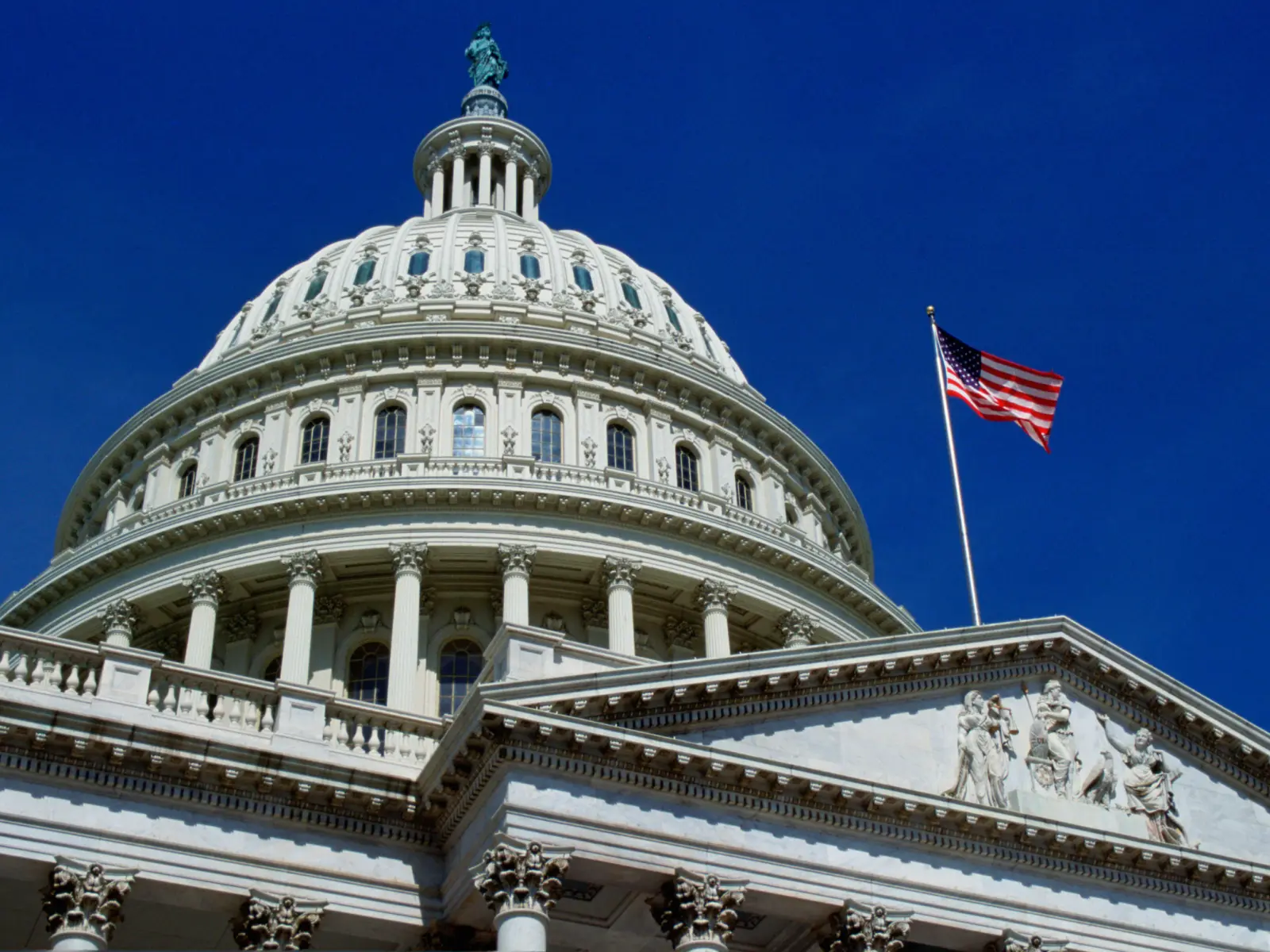Public Finance
Reforming the U.S. Tax Code
Key provisions in the 2017 Tax Cuts and Jobs Act will expire at the end of 2025, which, if untouched, would lead to higher taxes for individuals and closely-held businesses. But extending that tax relief will balloon the deficit unless Congress finds trillions of dollars in spending cuts and tax increases to offset those costs. 2024 will be the year to start figuring out what smart, fiscally responsible tax reform looks like. We’d like to see changes to the Child Tax Credit that help struggling families while maintaining the credit’s work incentives, improvements to the recent changes to the taxation of U.S. multinational corporations that protect the tax base while maintaining competitiveness, and changes to the taxation of high-net-worth individuals that raise revenue by eliminating loopholes and windfalls rather than by simply raising tax rates. We’d also like to see lawmakers include a sufficient combination of spending cuts and revenue-raisers to offset the package, so we can stop pushing the cost onto future generations via debt-financed legislation.
Related: Buckle Up. 2025 Promises to Be an Historic Year in Tax and Budget Policy
Higher Education
The Gainful Employment Rule Goes into Effect
Scheduled for implementation on July 1, 2024, Gainful Employment regulations will require career education programs to provide an adequate return on investment for their graduates or risk losing access to federal financial aid. With these rules in place, students and taxpayers will have robust protections from low-value and often overpriced educational programs in the for-profit and non-degree sectors – an important step toward ensuring all students receive a return on their educational investment.
Related: AV Policy Focus: Gainful Employment in Higher Education
Congress Continues to Pursue Sector-Neutral Accountability
We’re optimistic about lawmakers extending accountability measures beyond the for-profit and non-degree sectors to cover all colleges and universities. The Streamlining Accountability and Value in Education (SAVE) for Students Act, sponsored by Sens. John Cornyn (R‑TX) and John Cassidy (R‑LA), is written to prohibit federal loans from going to undergraduate and graduate school programs that fail to improve student’s economic outcomes. Taxpayers and students deserve to know that even traditional or elite four-year institutions are fulfilling their promise of moving graduates up the economic ladder.
Once Again, the College Transparency Act
A bipartisan, bicameral coalition has lined up behind Sen. Cassidy’s College Transparency Act, and we’re hopeful that 2024 is the year it will get across the finish line. Introduced in the House by Rep. Raja Krishnamoorthi (D‑IL), this bill helps to ensure that students and families have the information they need to make smart decisions about enrolling in higher education, and that policymakers have the data they need to craft evidence-based policies. A version of the College Transparency Act passed the House in 2022, and 2024 could be the year it reaches the president’s desk.
Related: AV Policy Focus: Data in Higher Education
How Texas Funds Community Colleges
In 2023, the Texas Legislature passed a innovative model that funds community colleges based on student outcomes rather than on enrollment. There’s a need for rigorous research on the impact of new and sophisticated outcome-based funding formulas. We’ll be eagerly watching how this Texas reform works to ensure that students are graduating, that graduates are moving up the economic ladder, and that the model’s equity incentives improve attainment levels for disadvantaged students.
Related: AV Launches a New State Higher Education Policy Research Agenda
Infrastructure
Further State and Local Housing Reforms
Acute shortages of housing have driven up home prices for prospective homeowners and renters to unaffordable levels in communities spanning the country. In the wake of those increasingly widespread challenges, an emerging bipartisan consensus has stepped up to champion state and local policy reforms that knock down the hurdles to building more homes and increasing affordability. Those coalitions drove victories in Montana, Washington State, and a multitude of states and municipalities in 2023. We anticipate that 2024 will be a year of further action, consolidating the bipartisan momentum at the state and local level toward removing the barriers to building new homes and expanding affordability.
Democracy
Nevada Votes on Ranked Choice
Nevada voters already approved “Final Five” voting in 2022, which relies on a nonpartisan primary and five candidates in a ranked-choice voting general election, but it takes two general election votes to change the state constitution. Voters will be asked yet again in the November election to decide whether this swing state should establish open top-five primaries and ranked-choice voting for state and federal elections.
Contraceptive Choice and Access
Opill Arrives, But Will Insurance Cover It?
Opill, the first FDA-approved over-the-counter oral contraception, will finally appear on store shelves (and online) this year. Over-the-counter access to Opill will remove barriers for the millions of women who have difficulty acquiring oral hormonal contraception. Surveys find that almost a third of women of childbearing age report problems getting birth control prescriptions or refills. However, questions remain about whether and to what extent the Opill will be covered by private insurance and Medicaid, which typically require enrollees to have a prescription to obtain coverage.



















